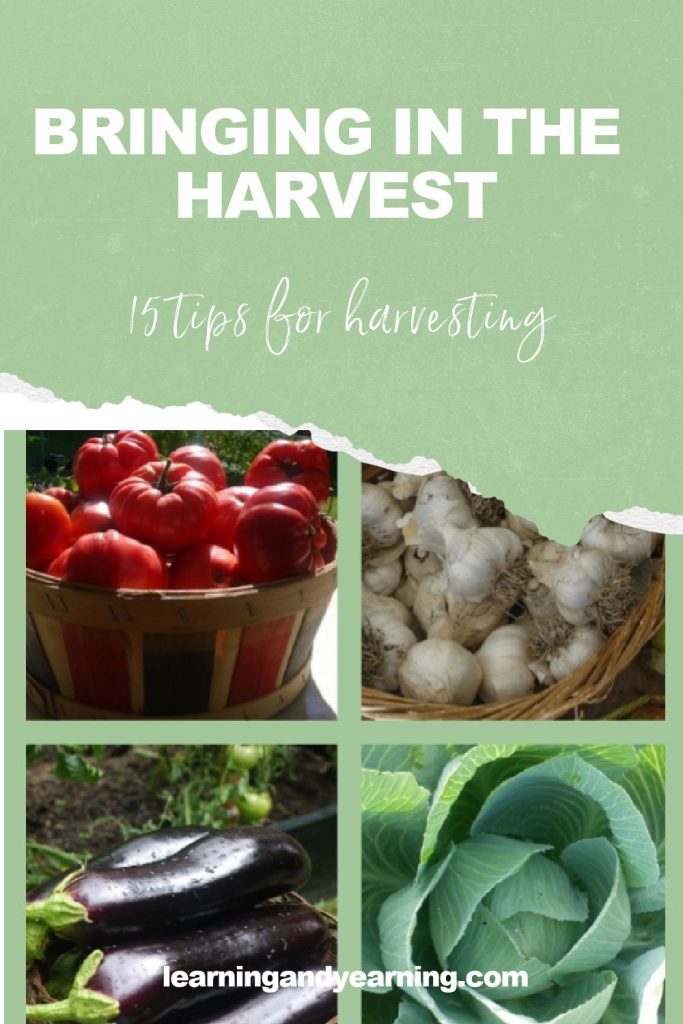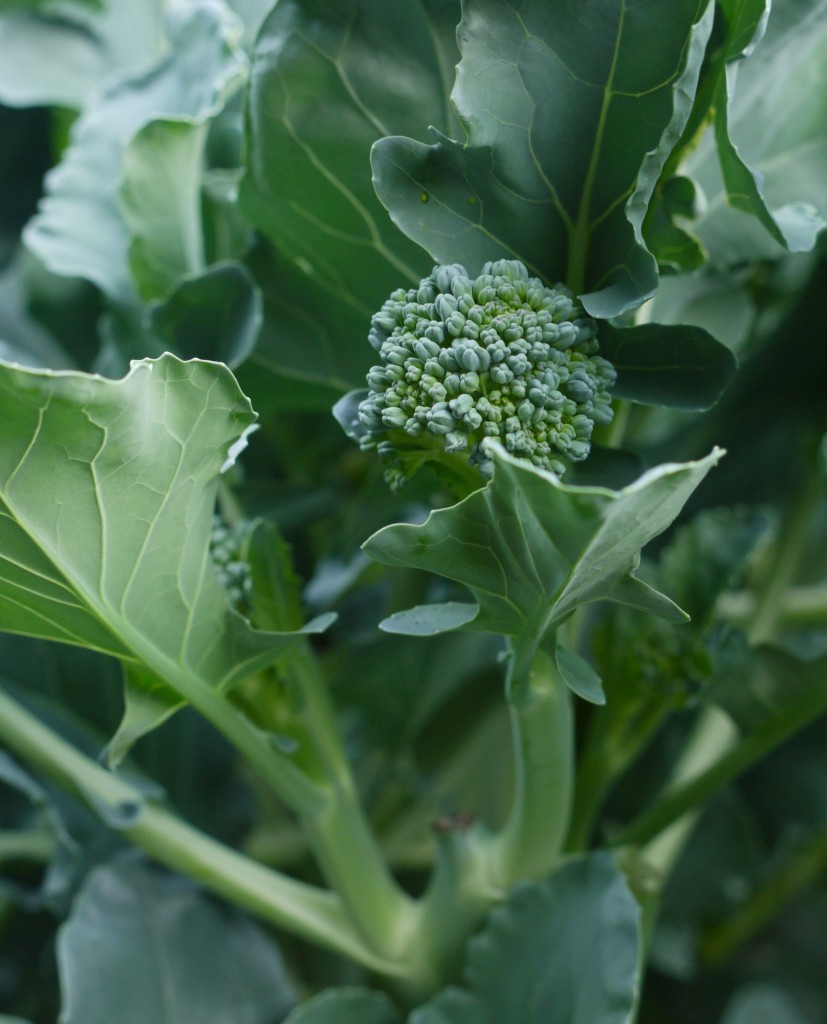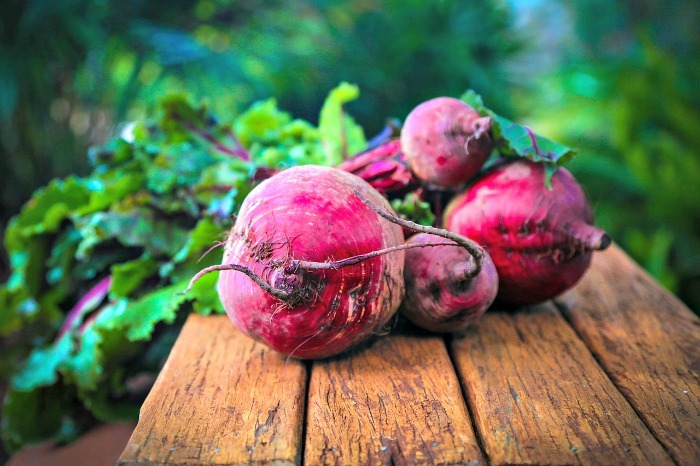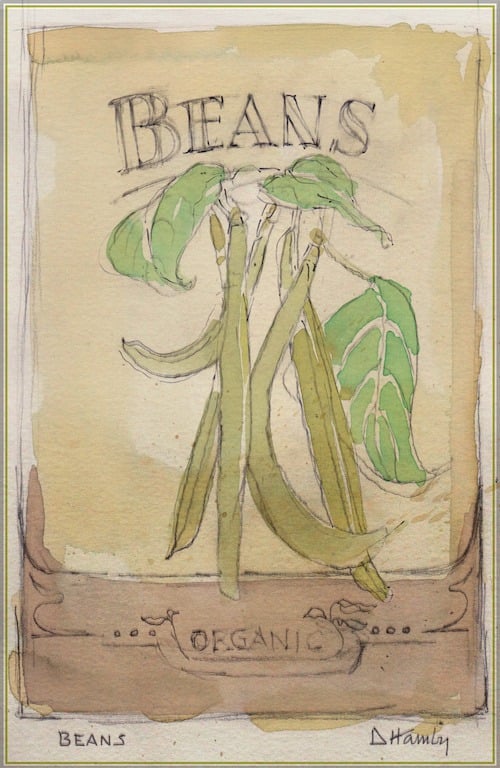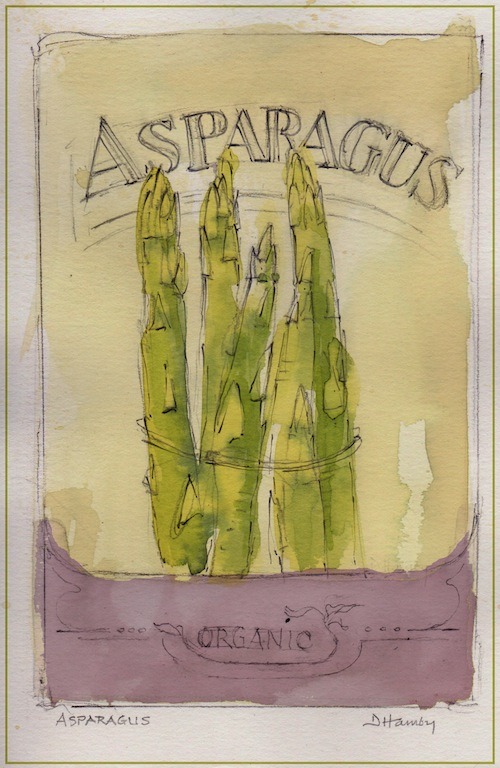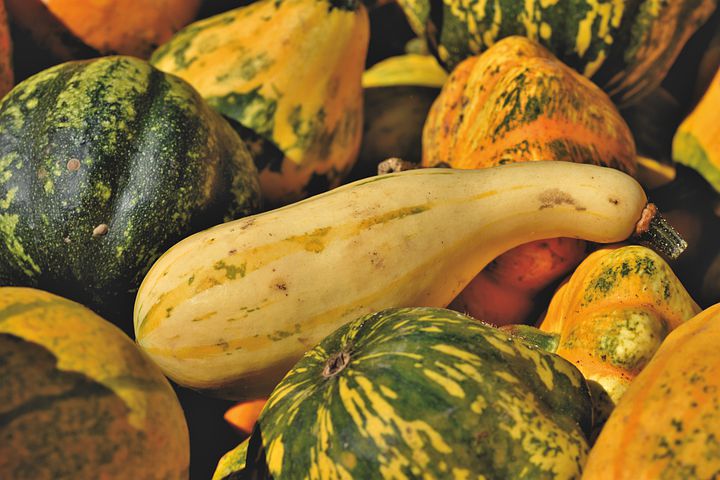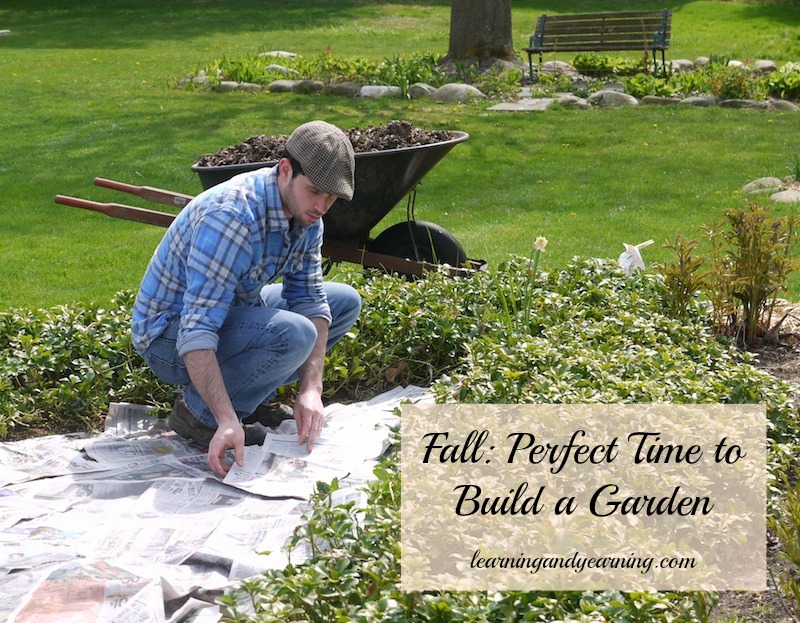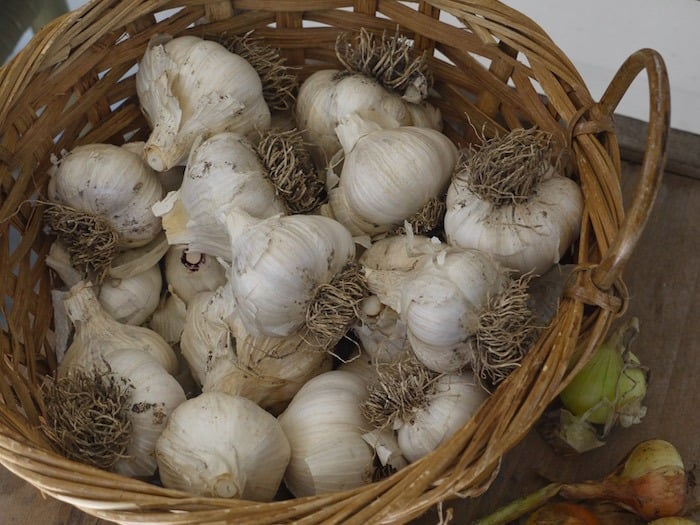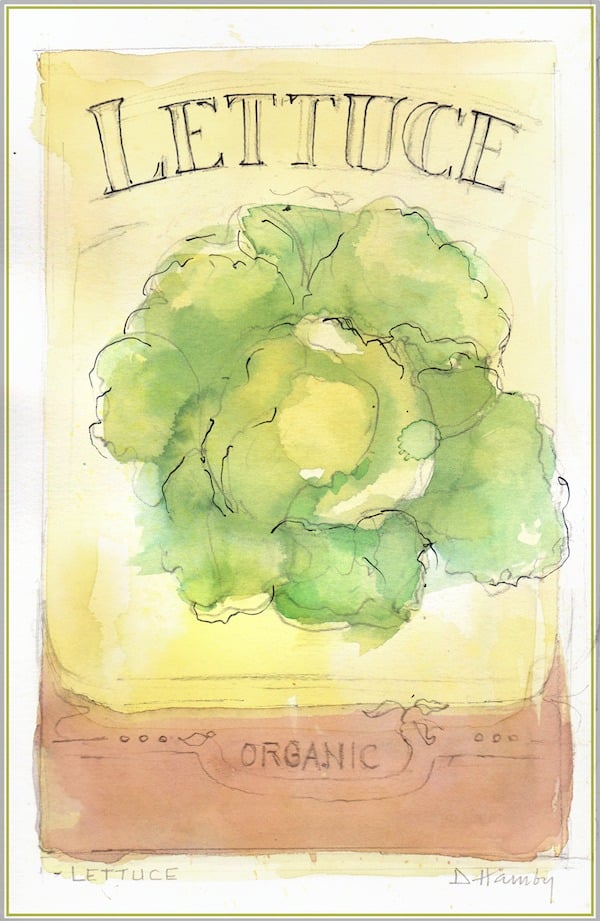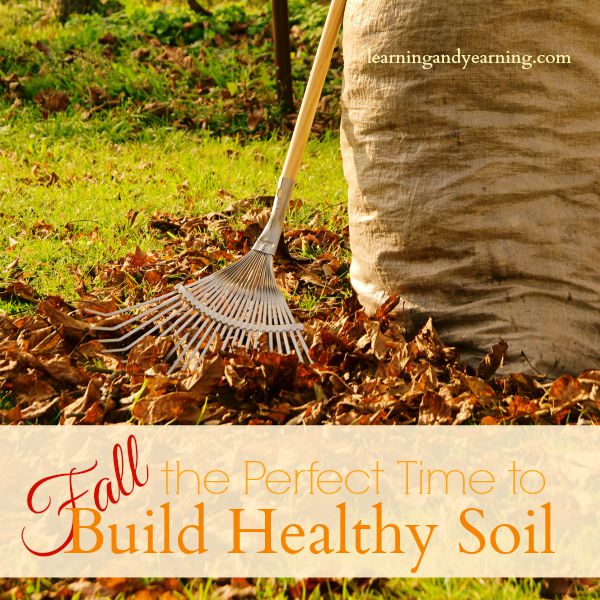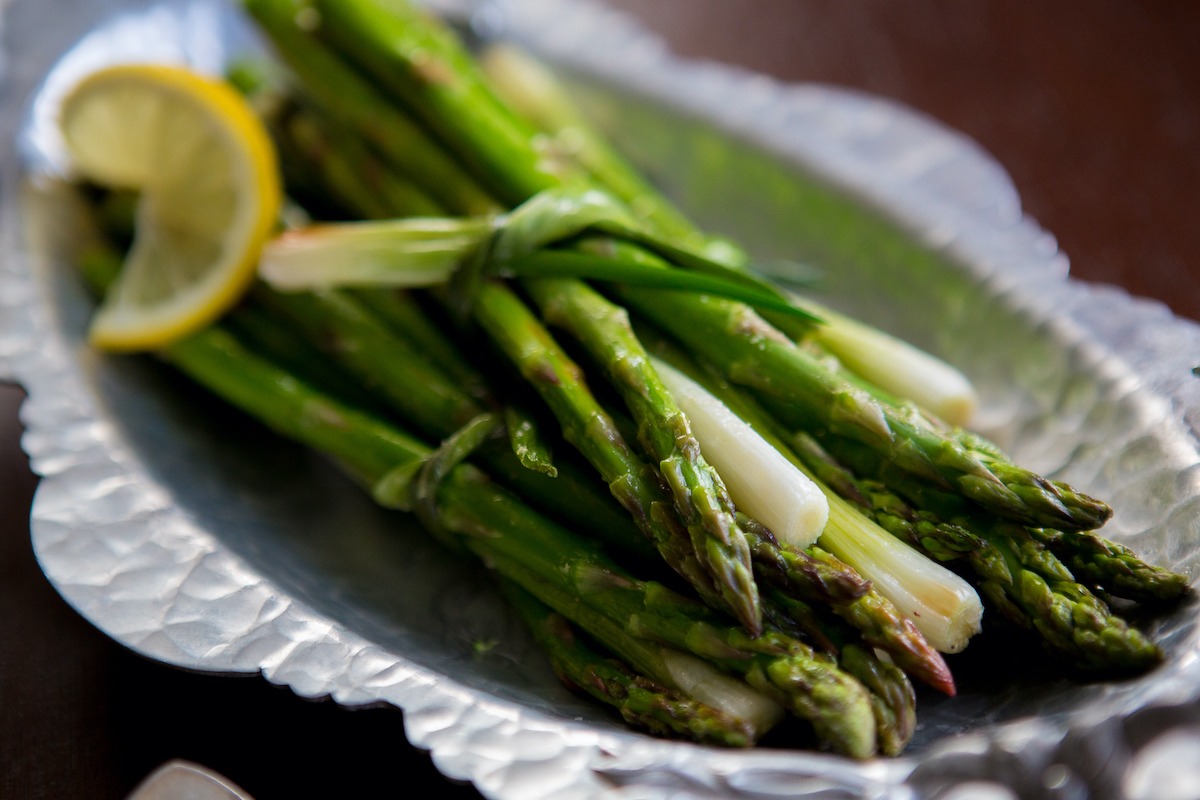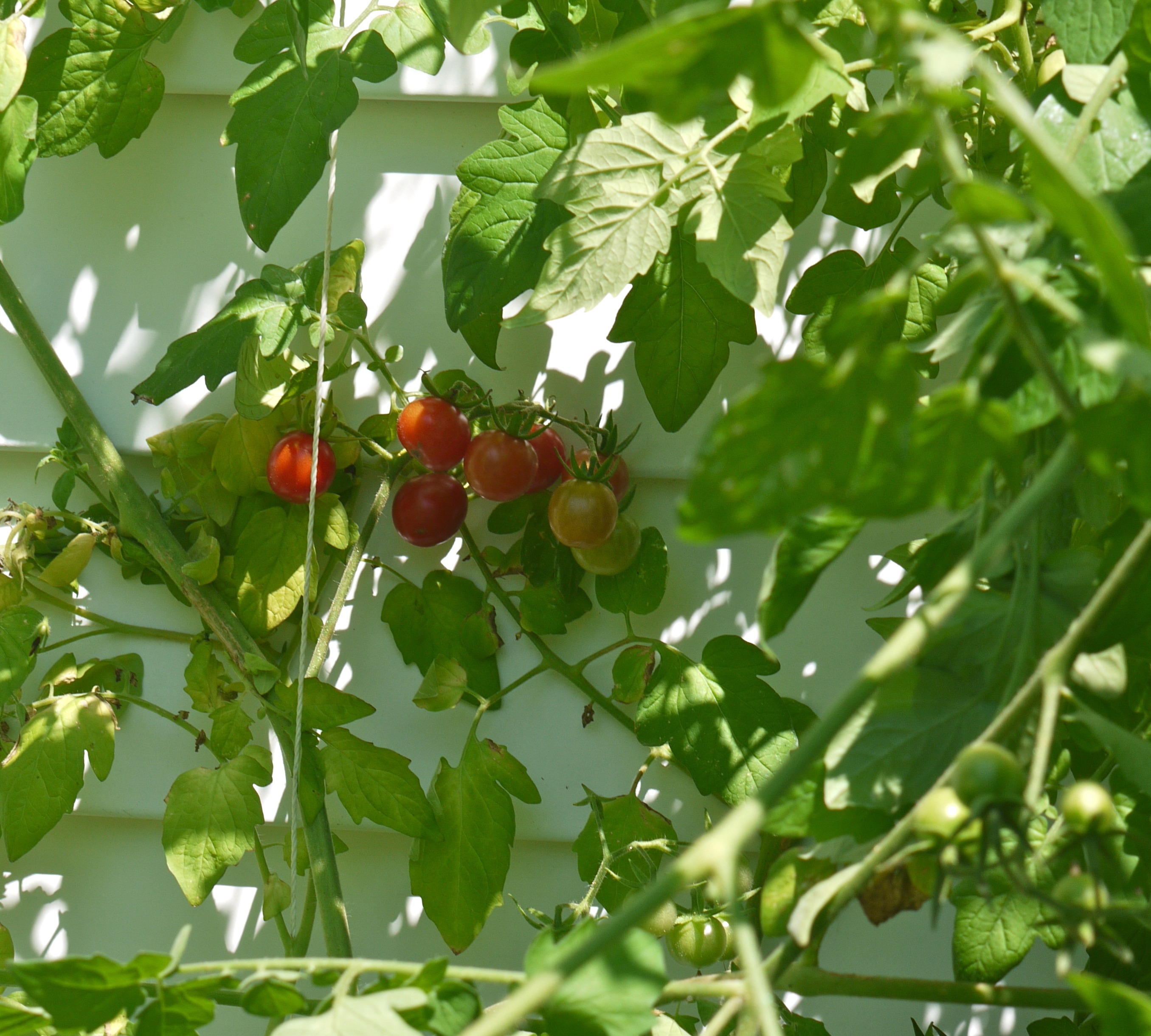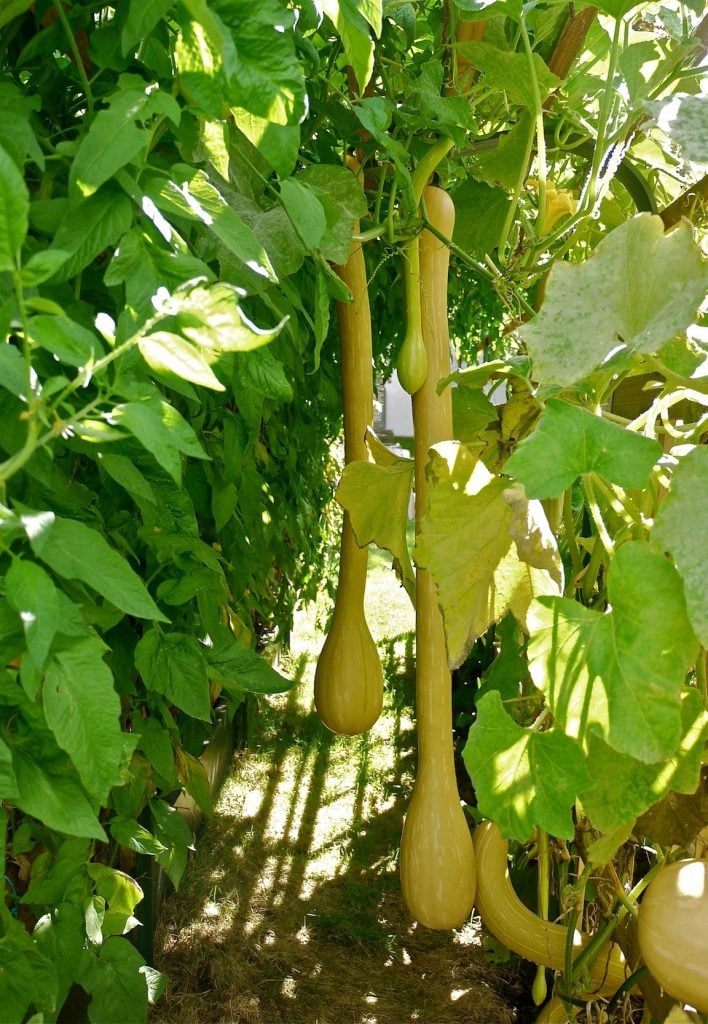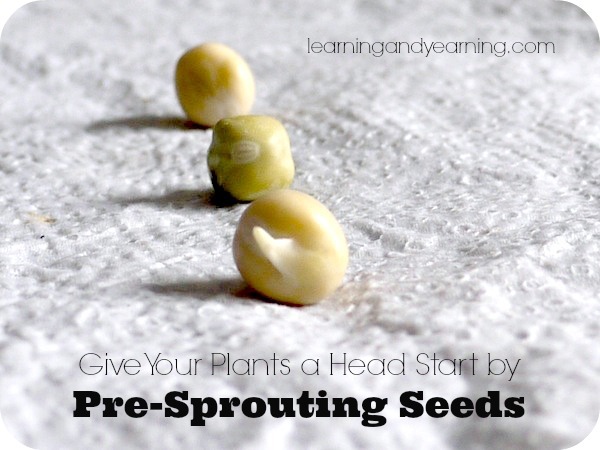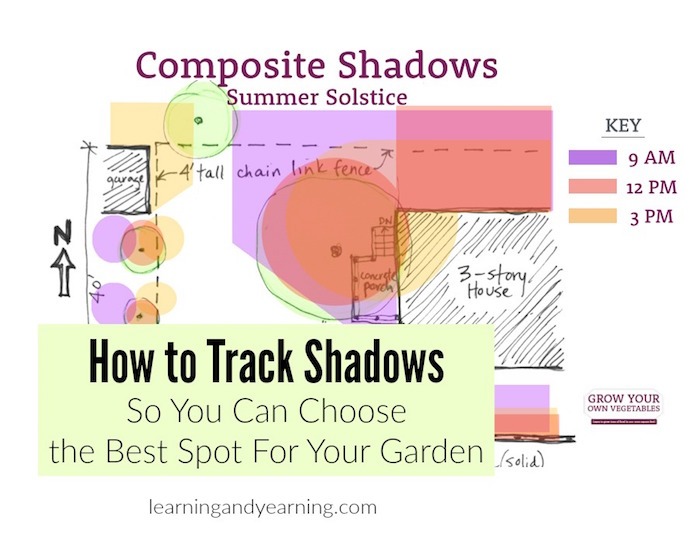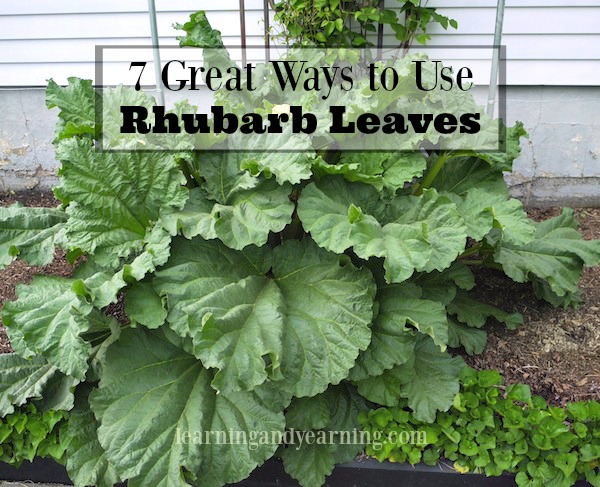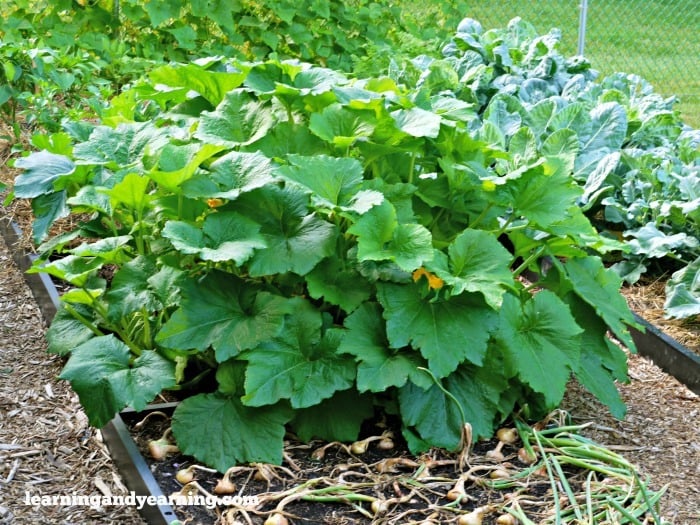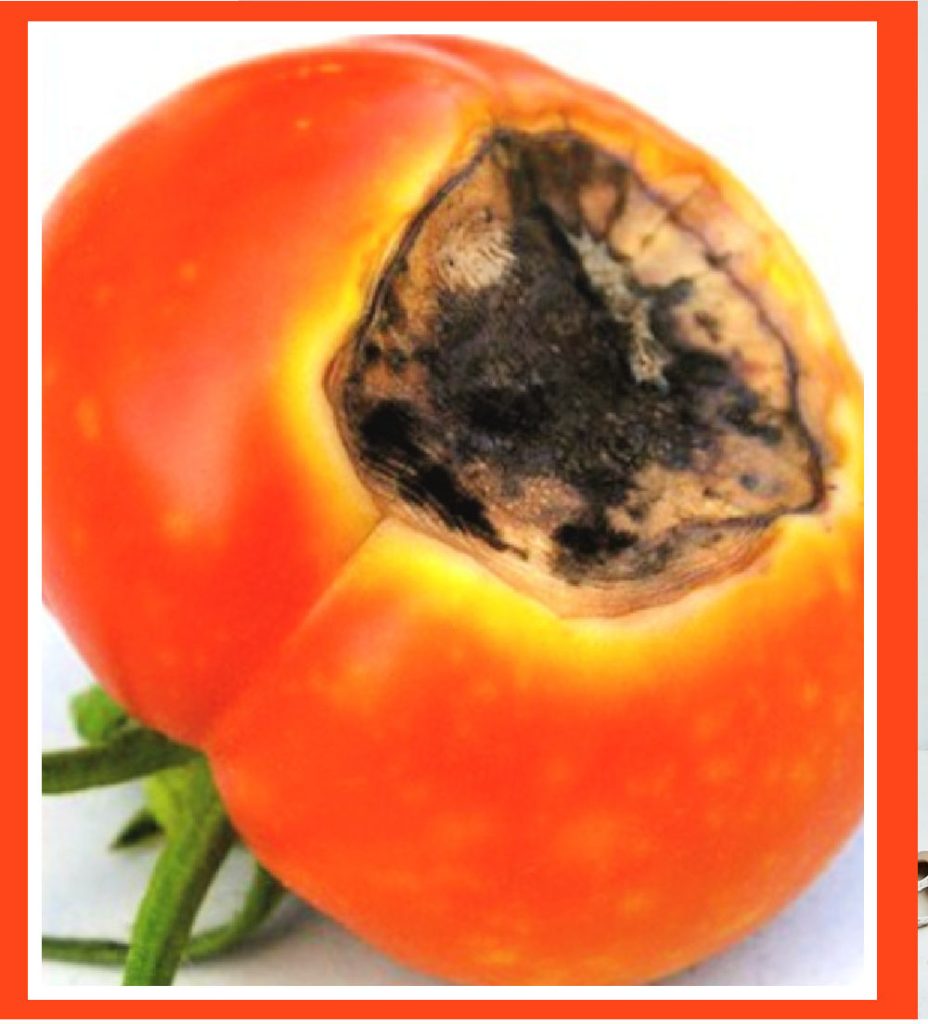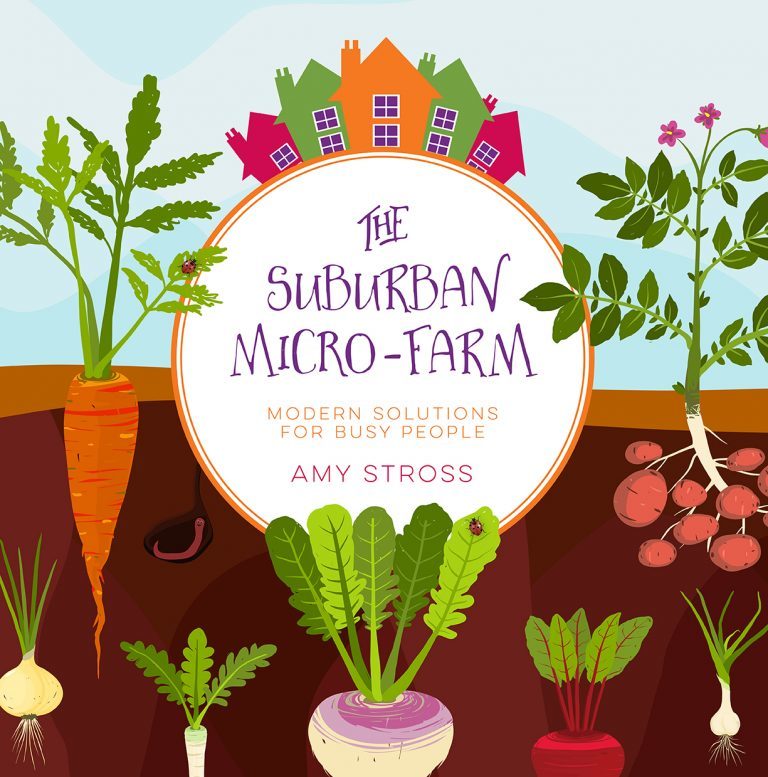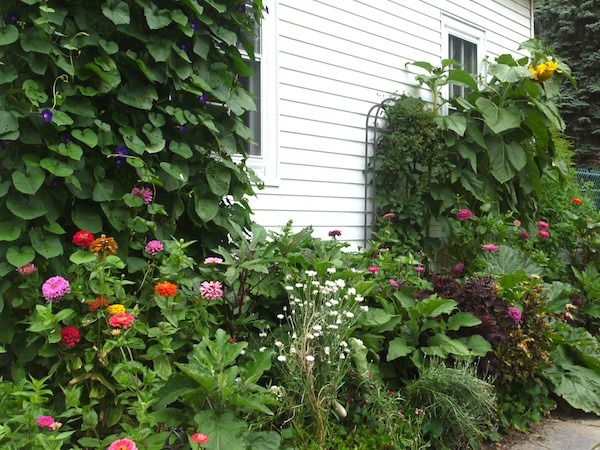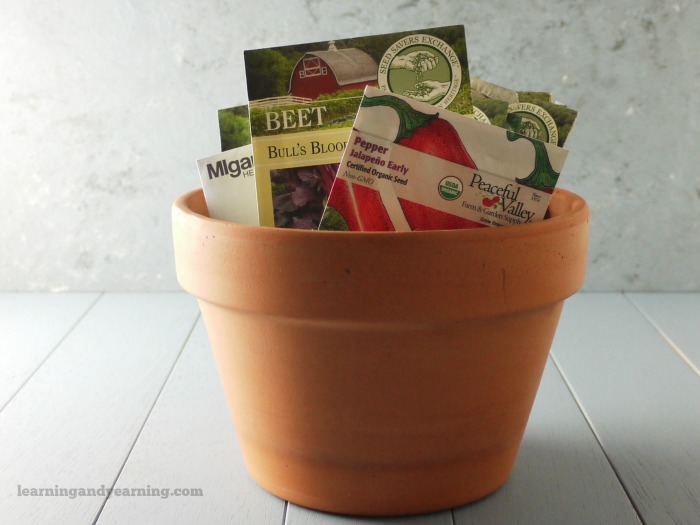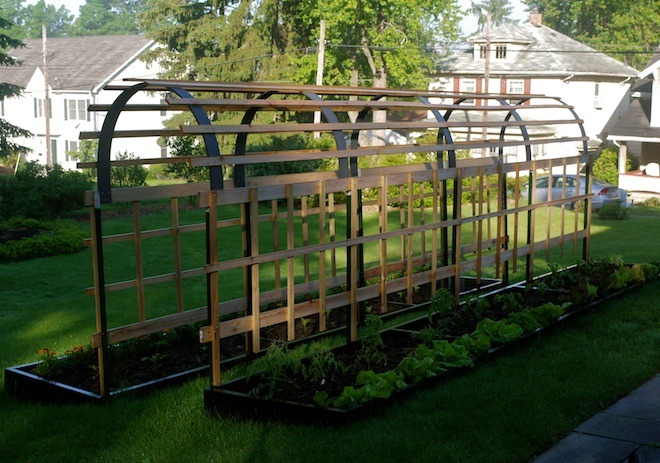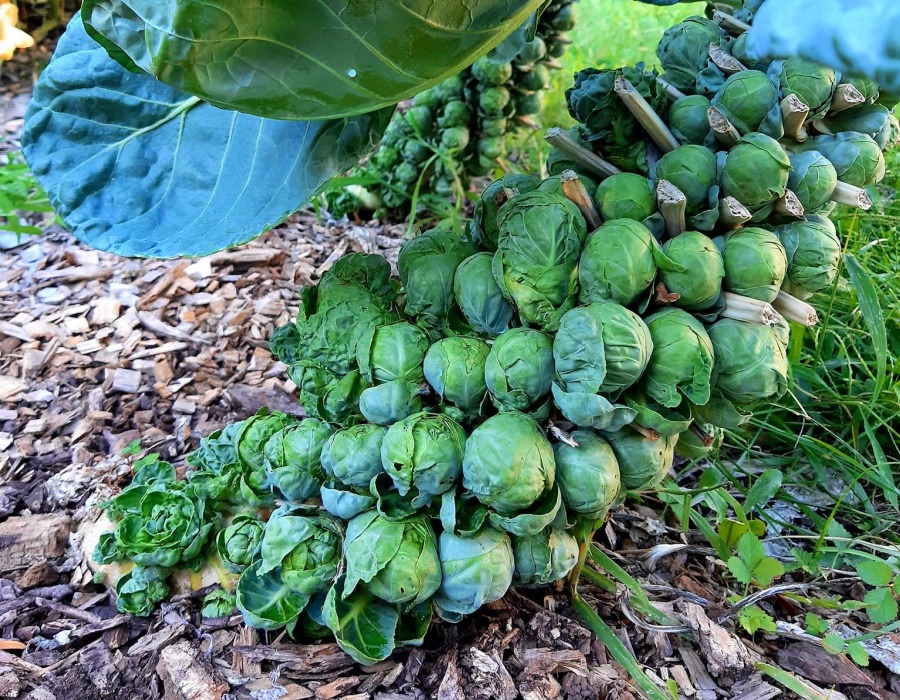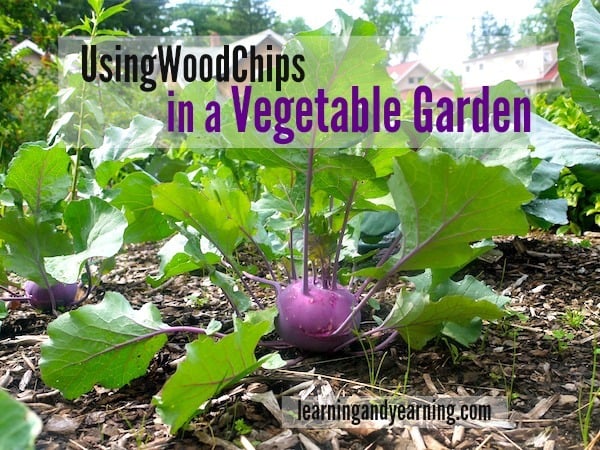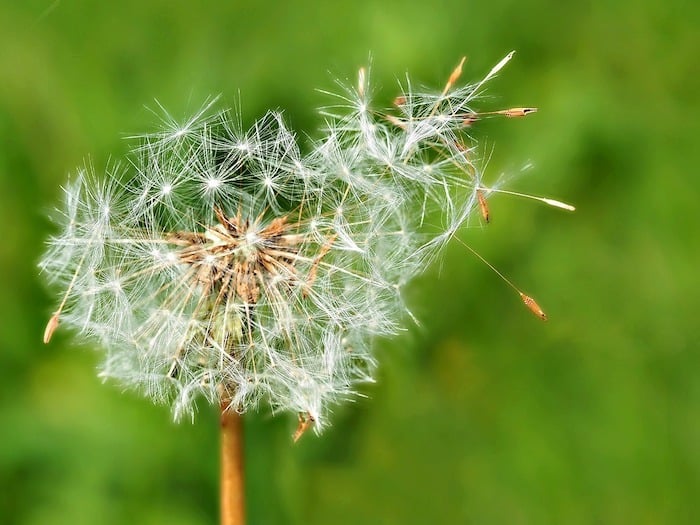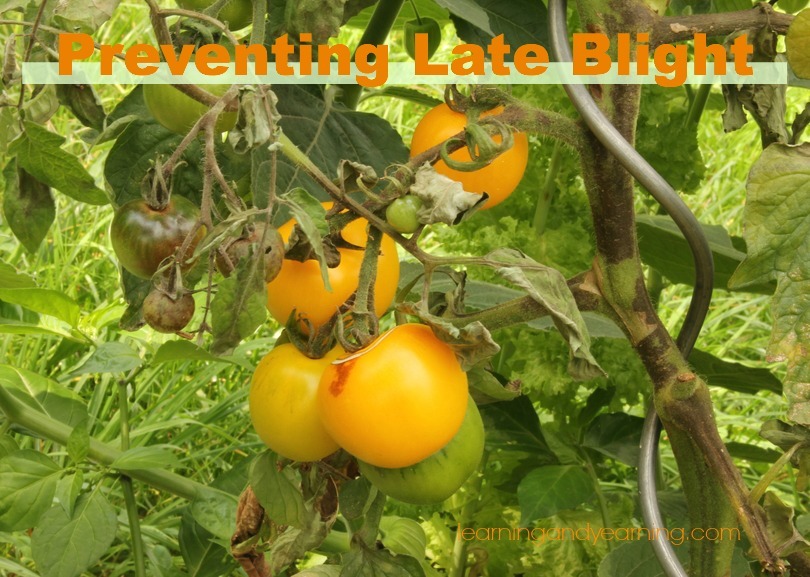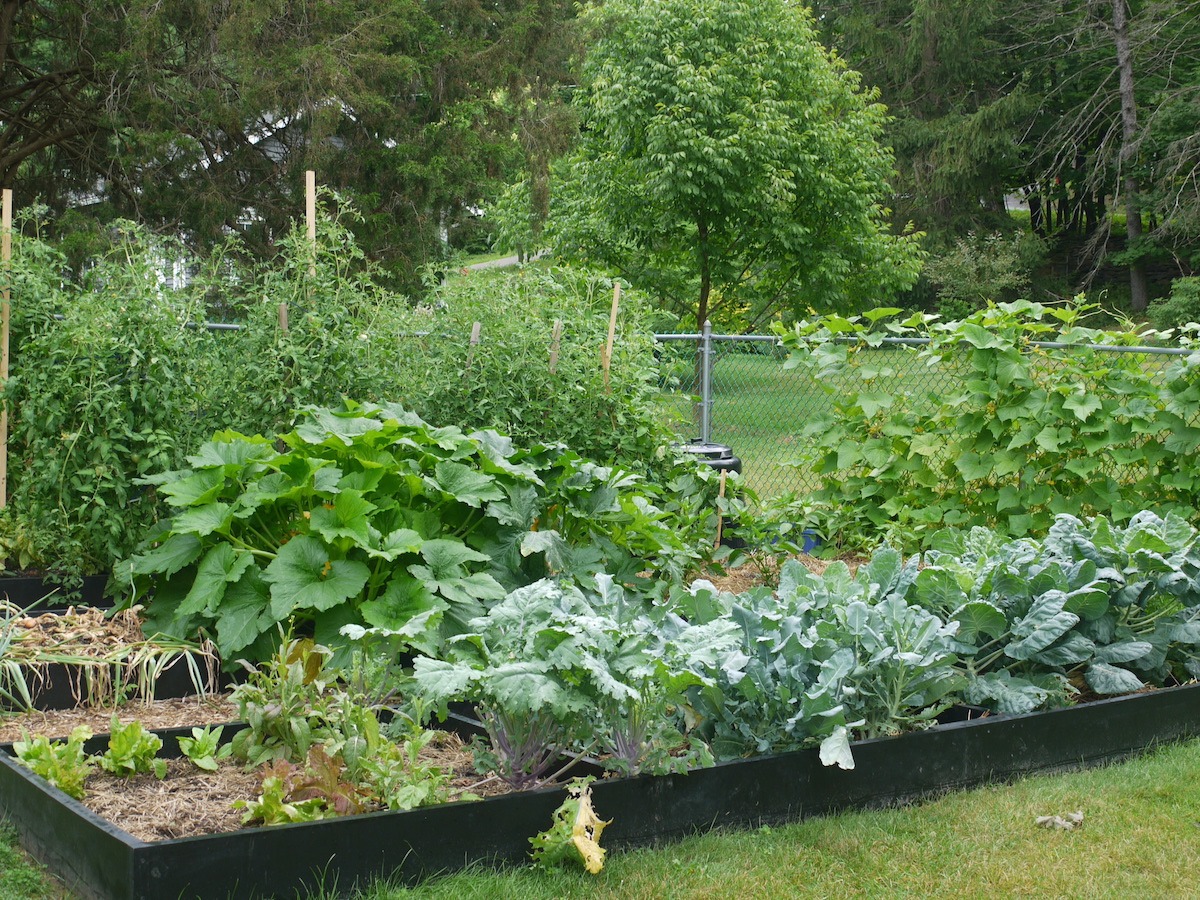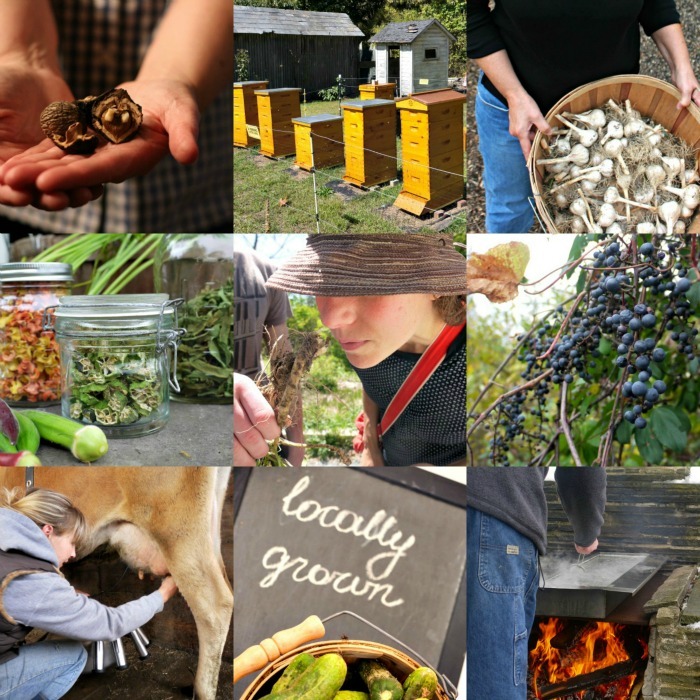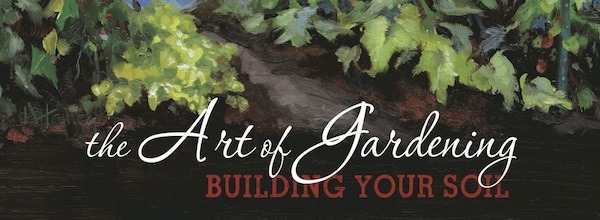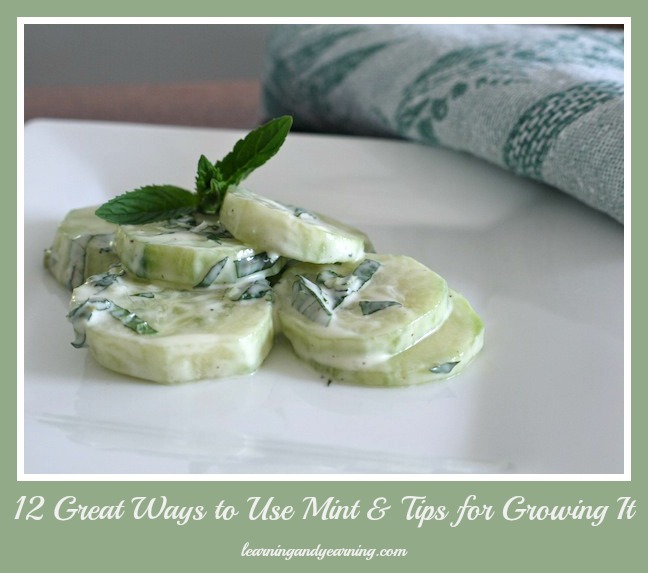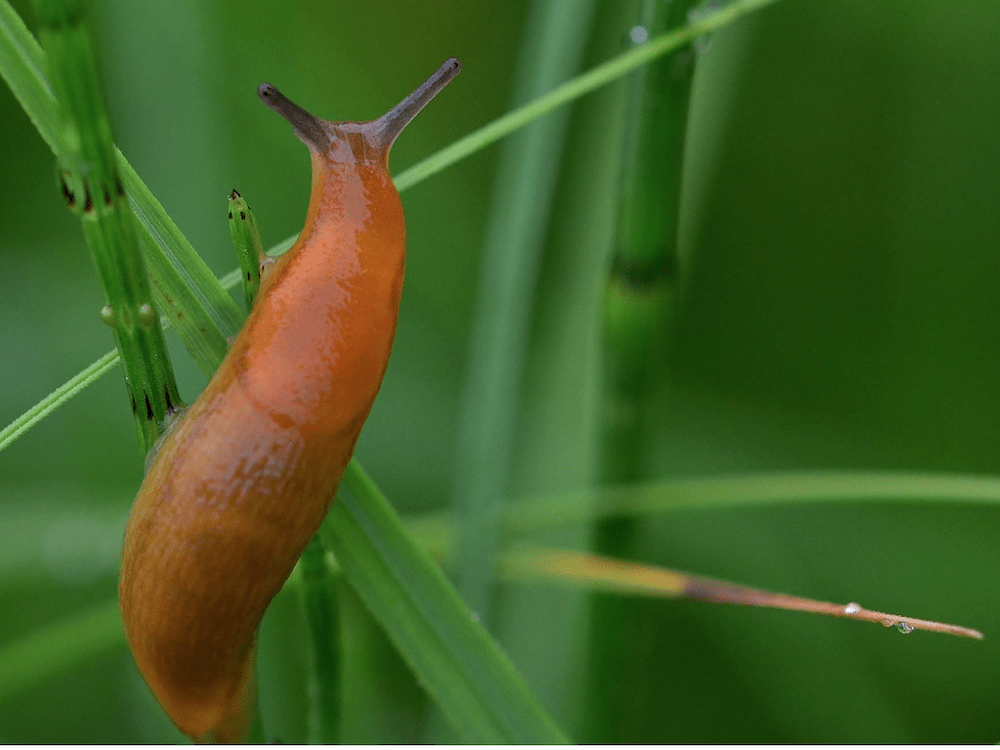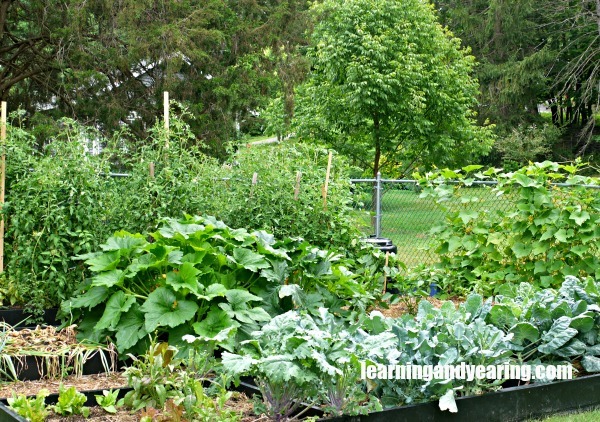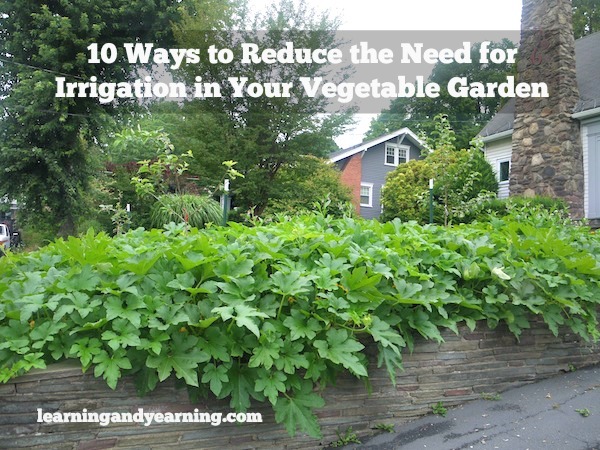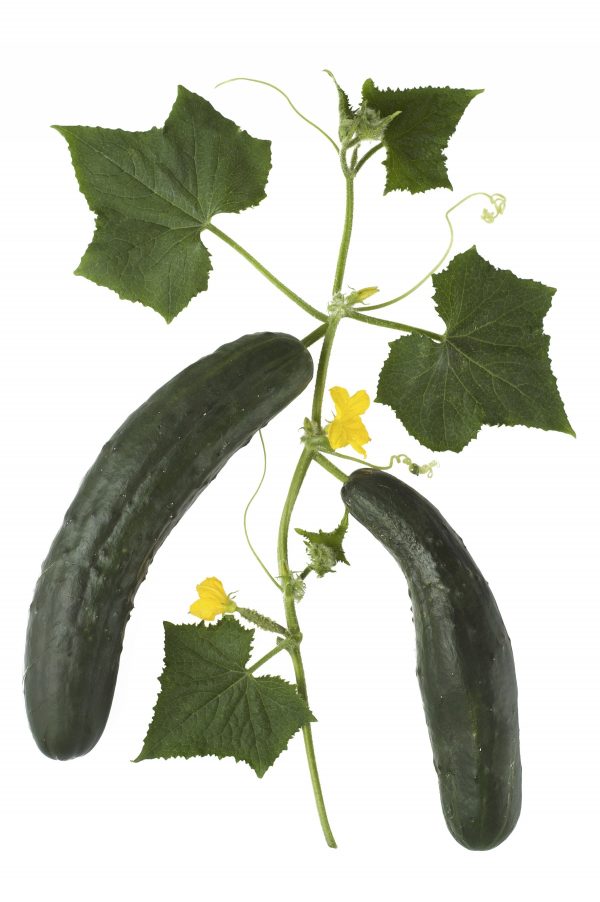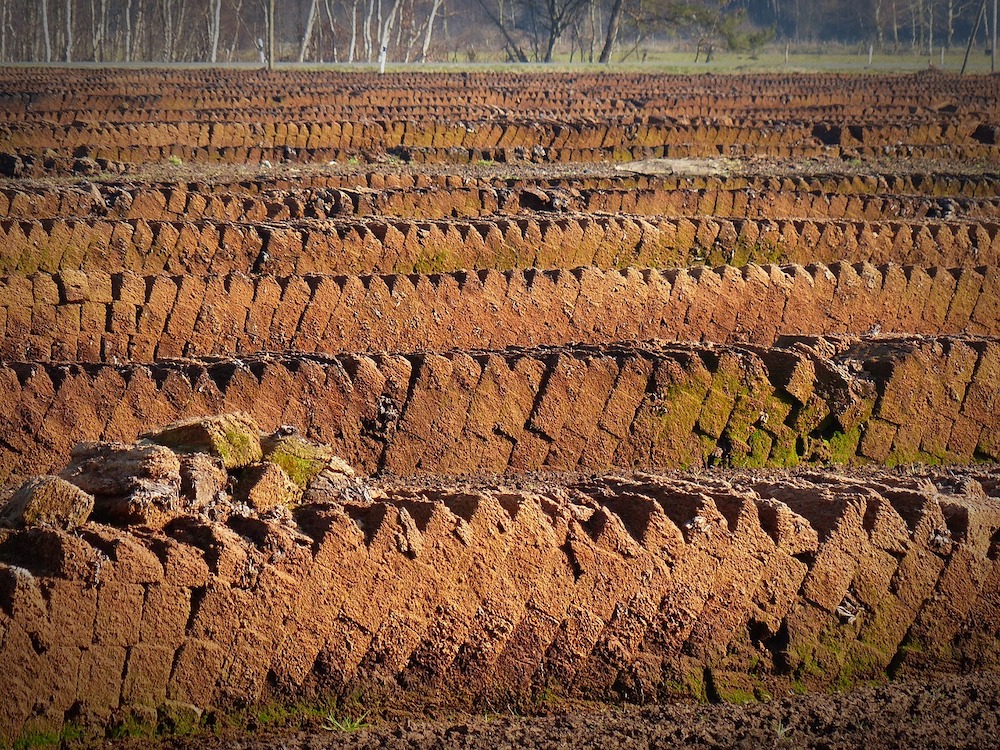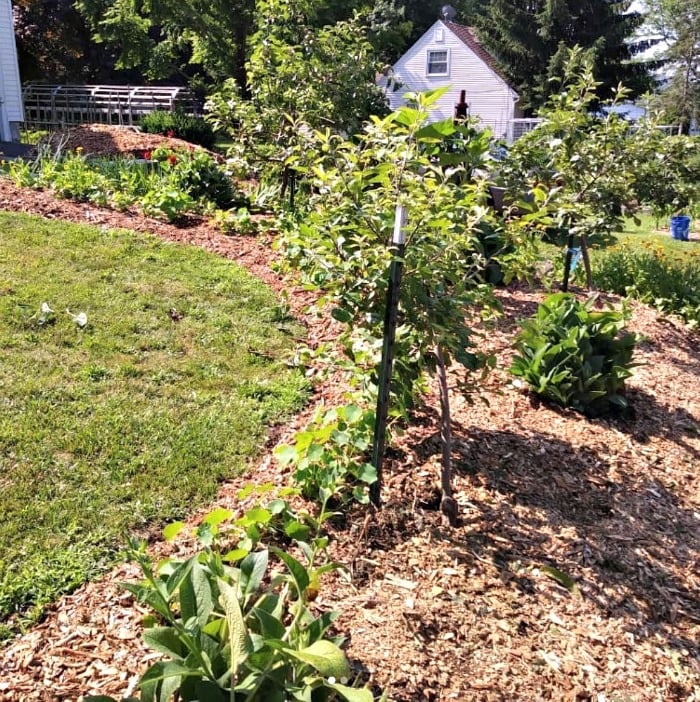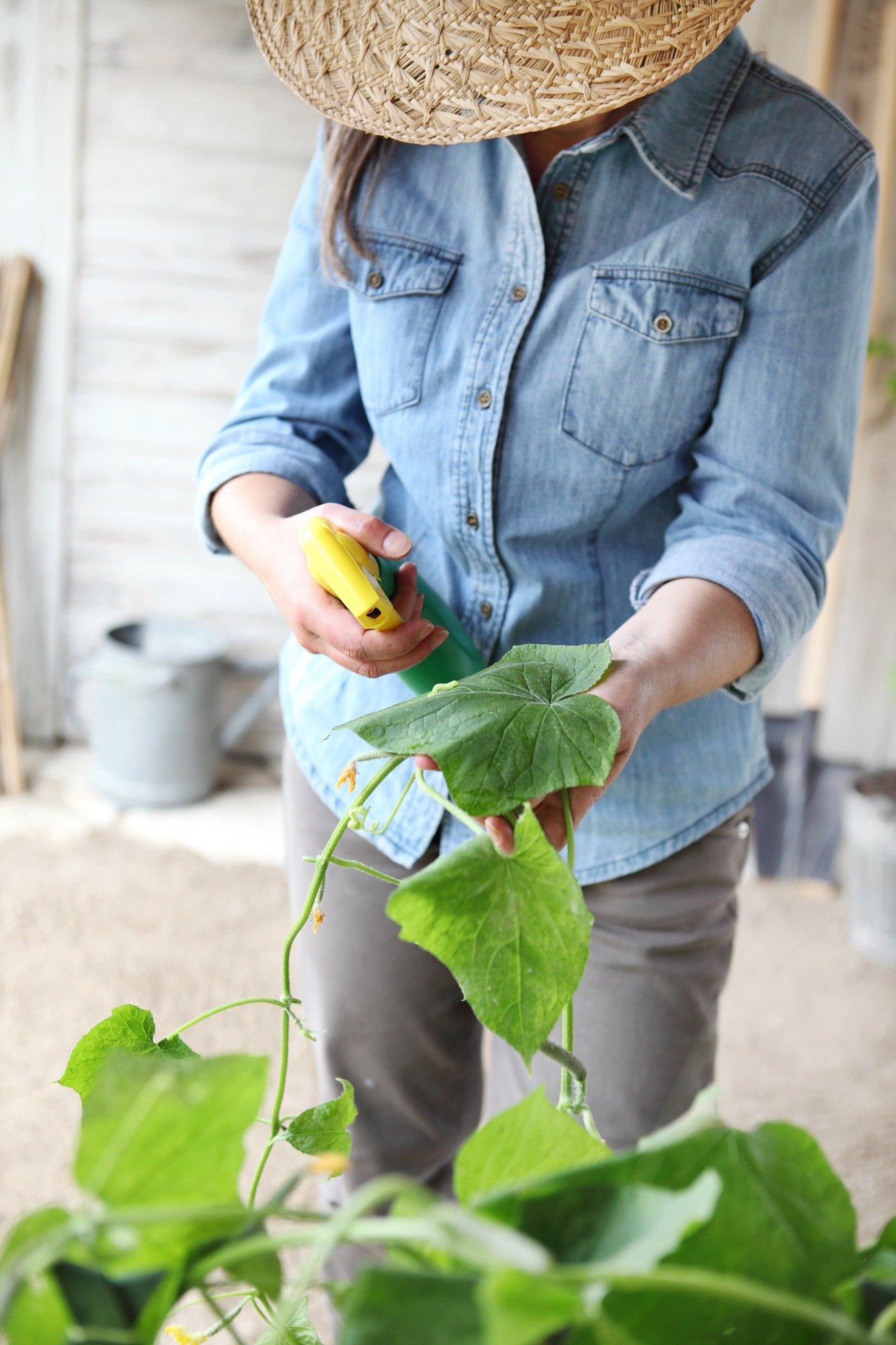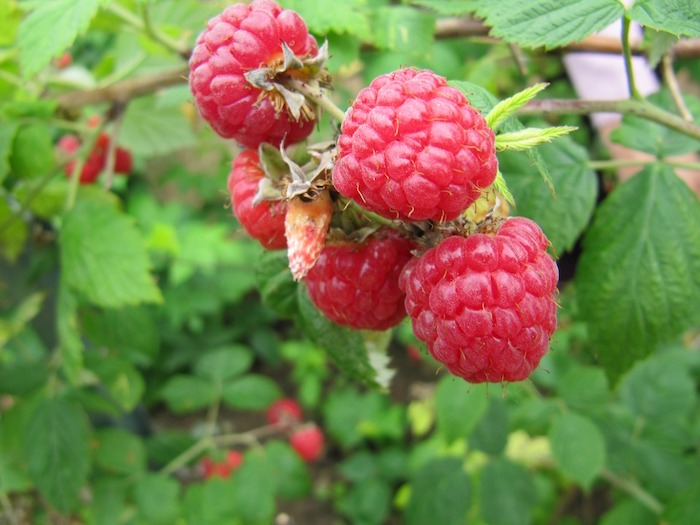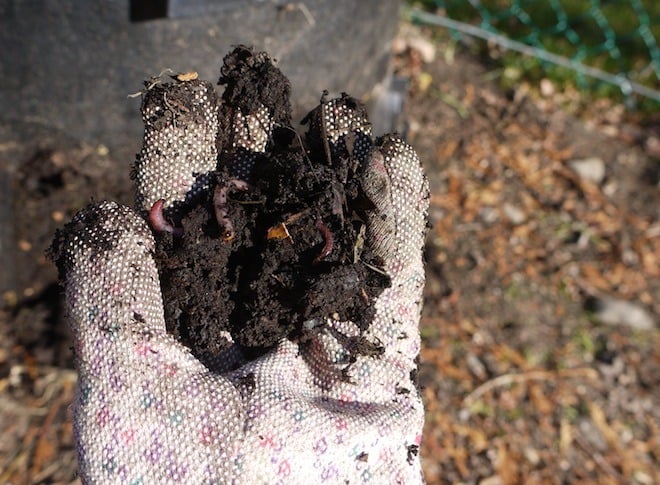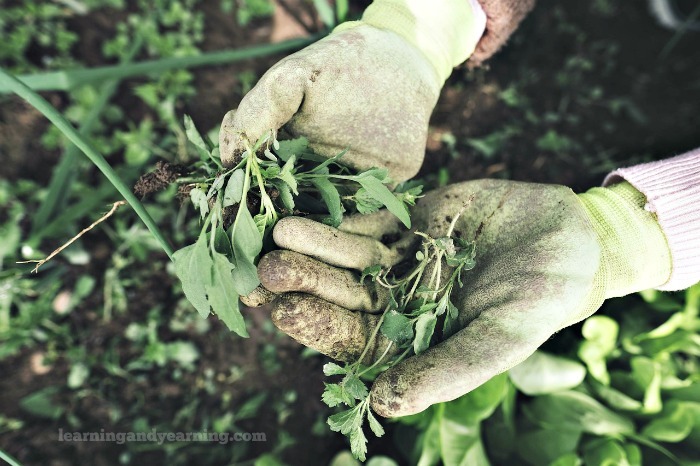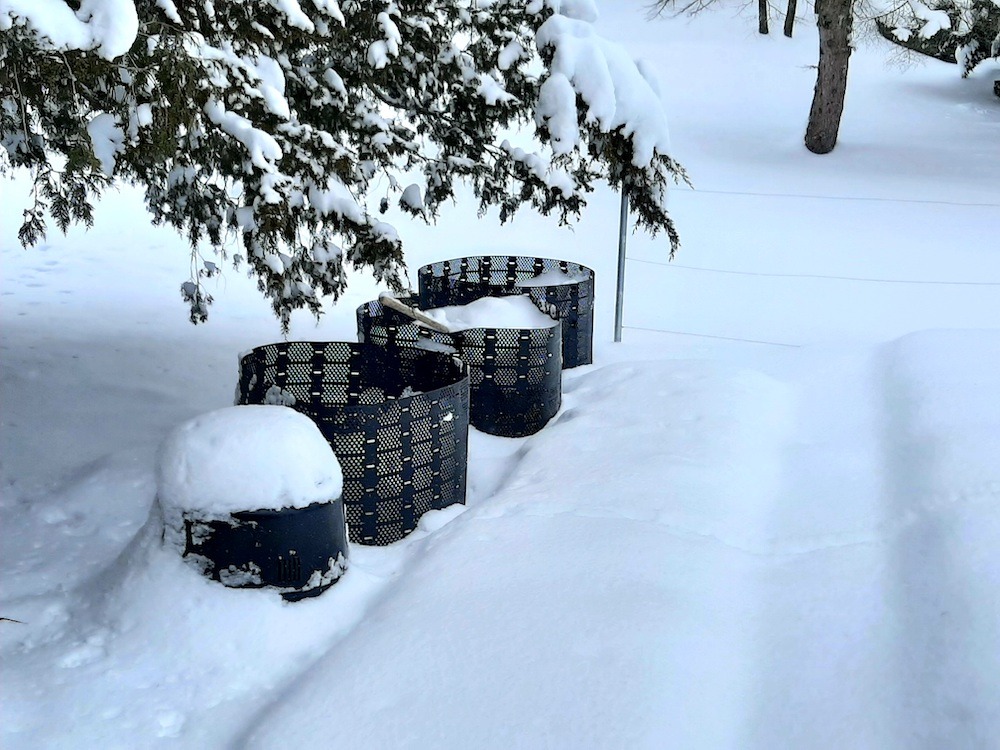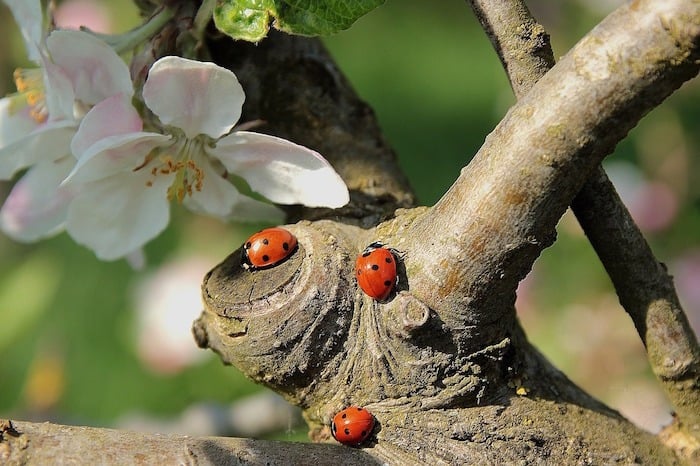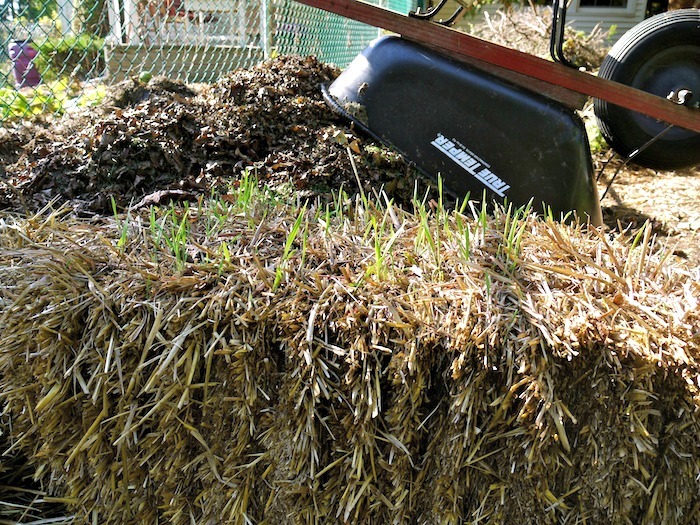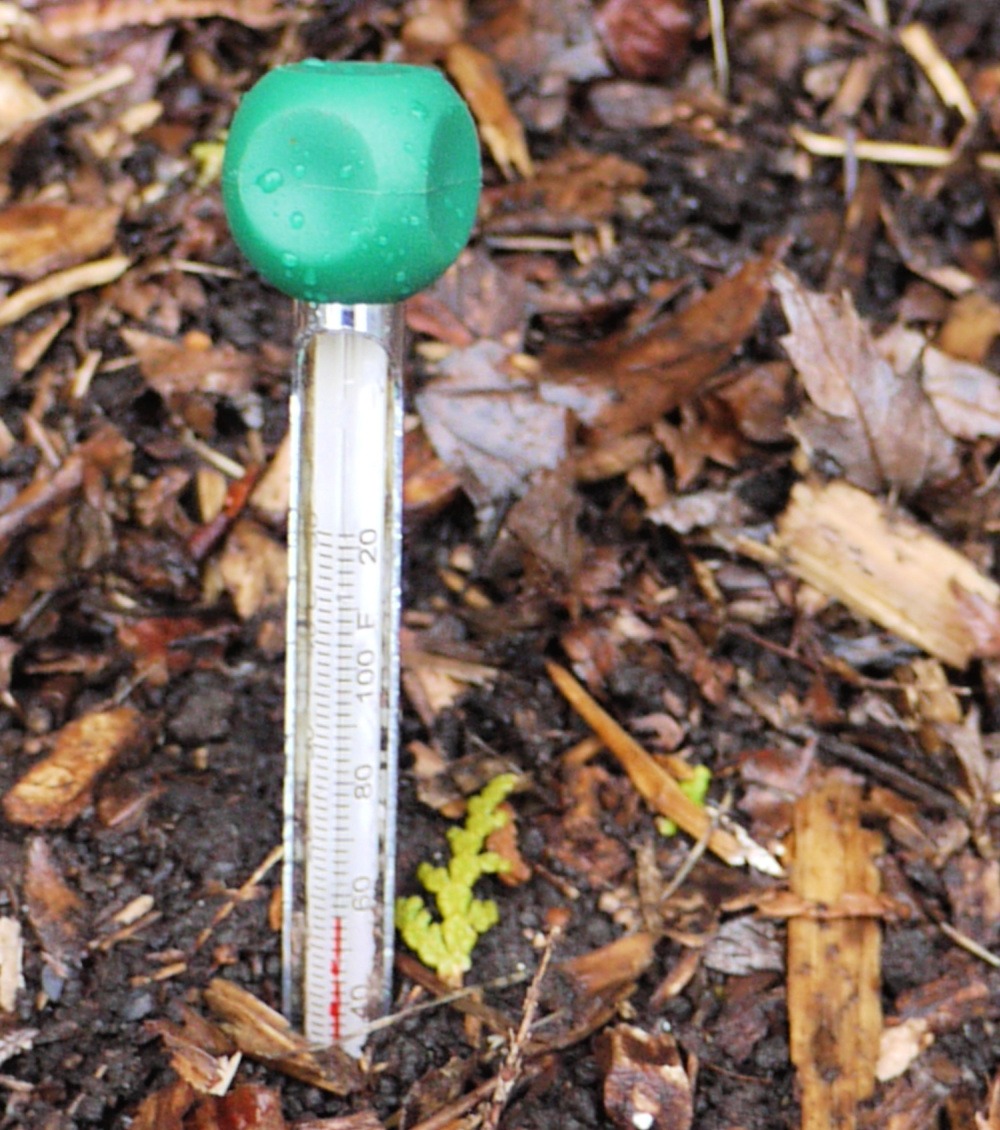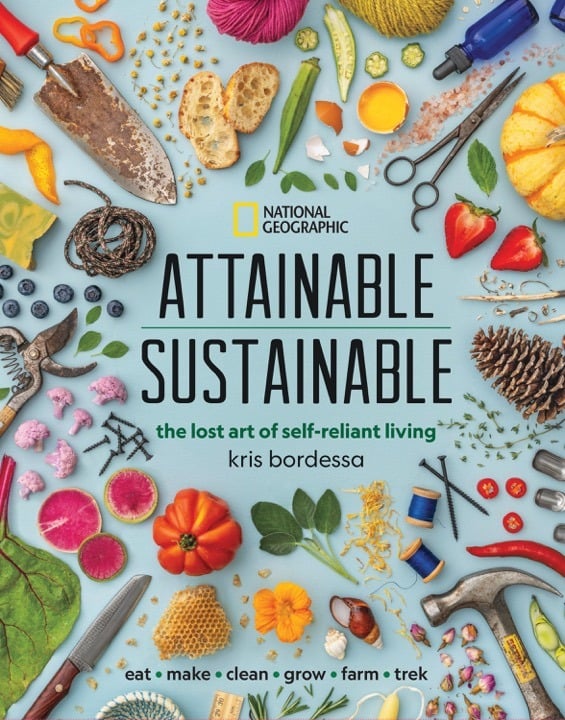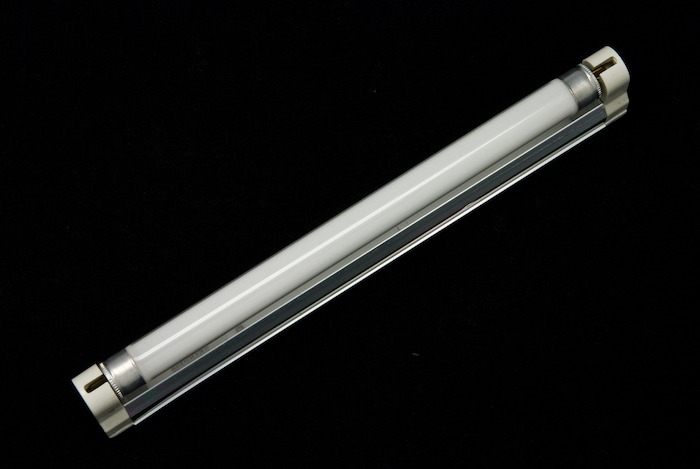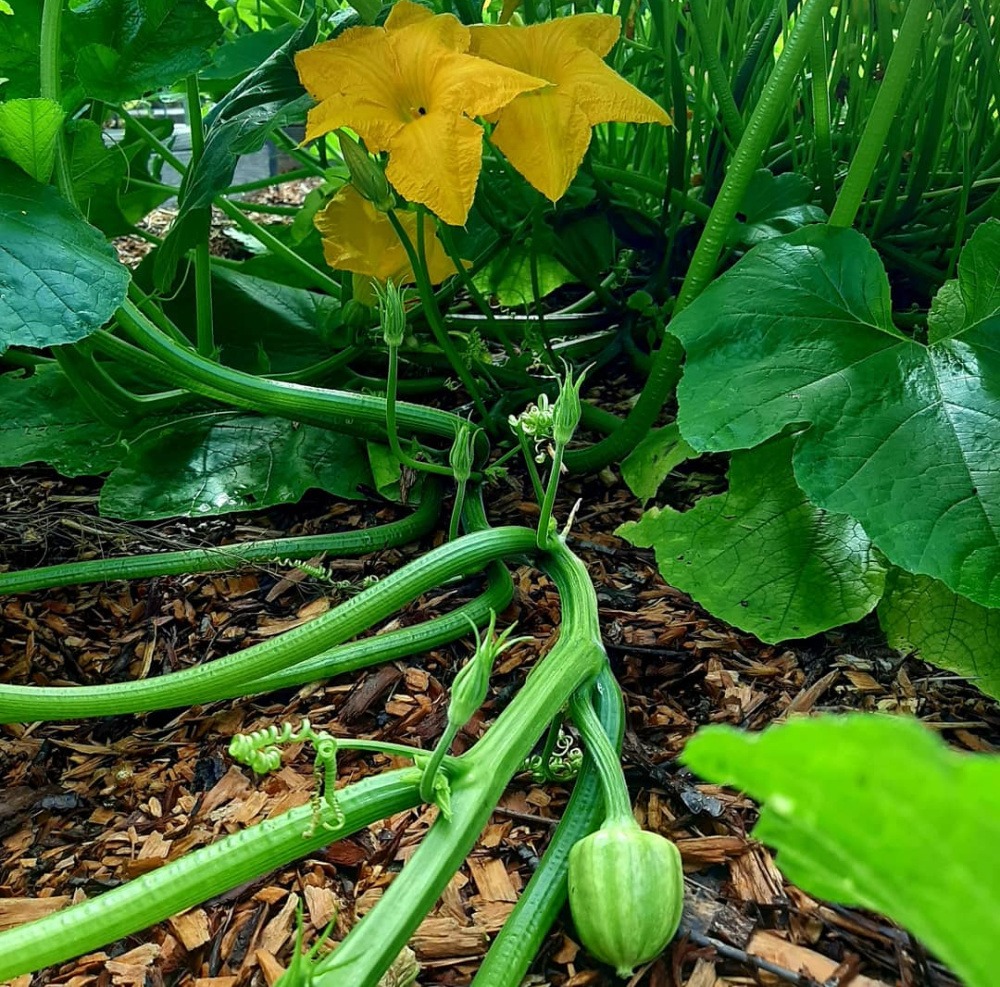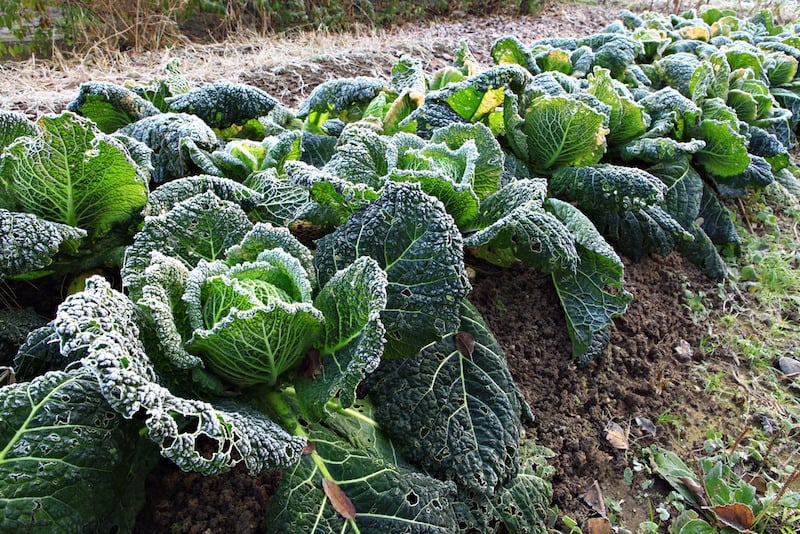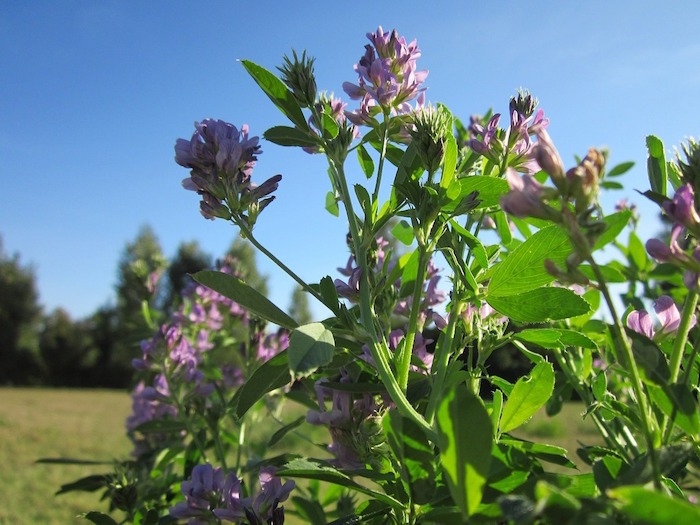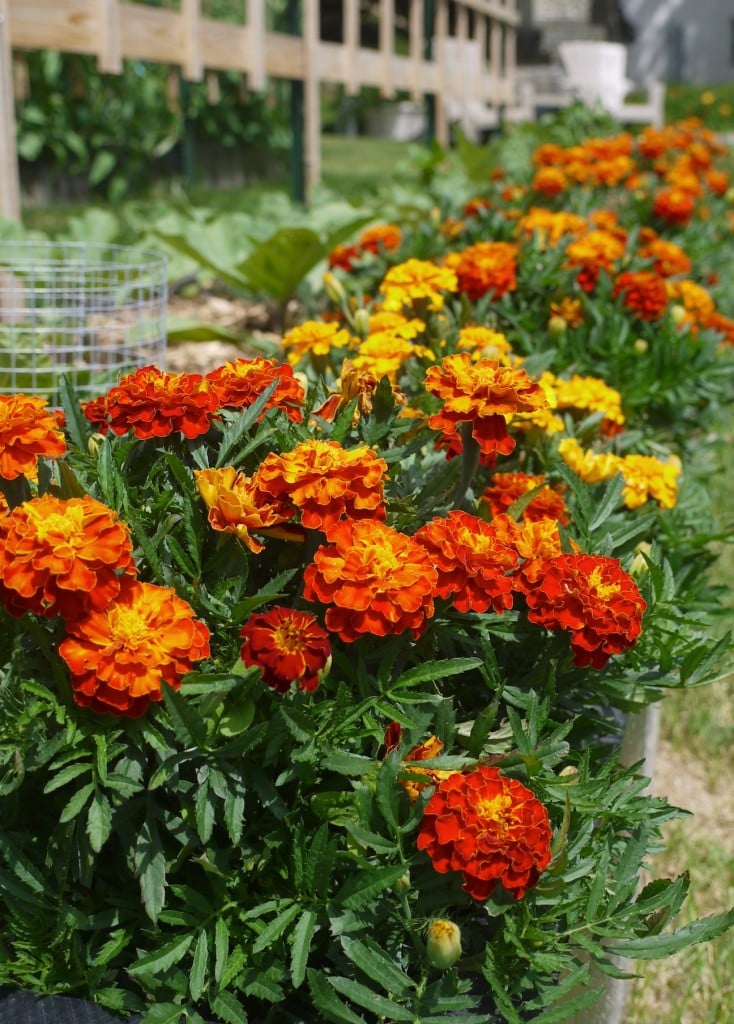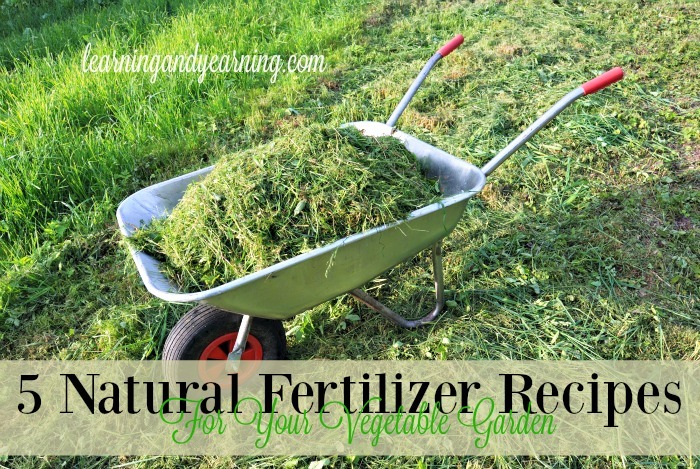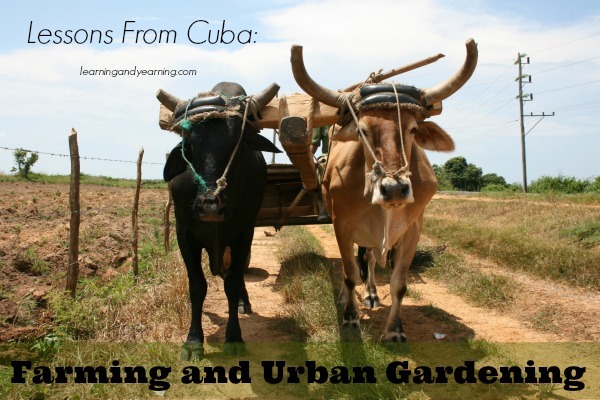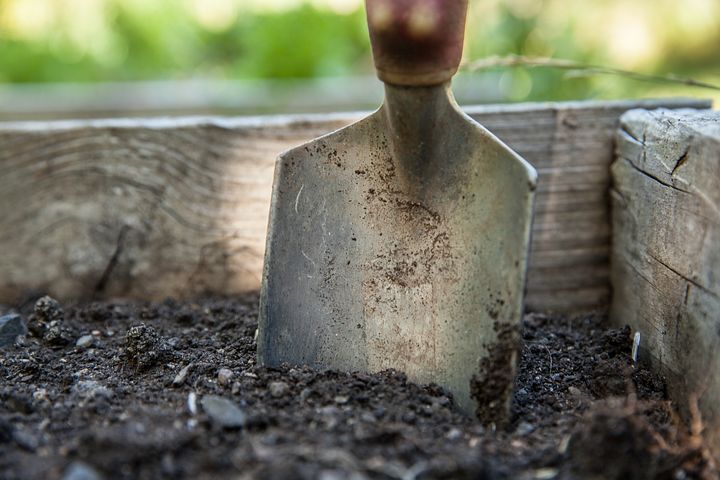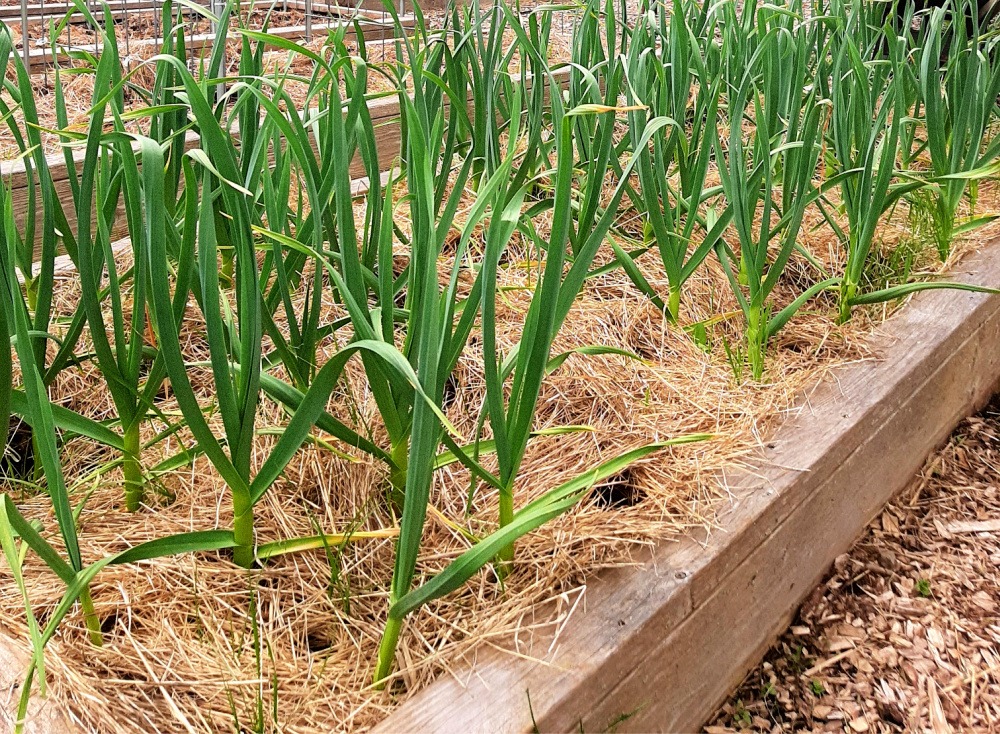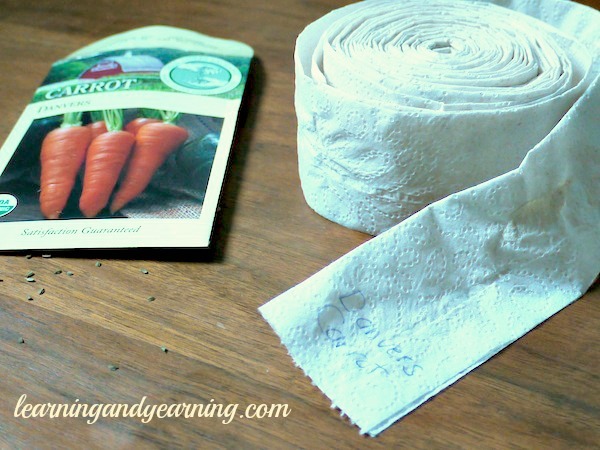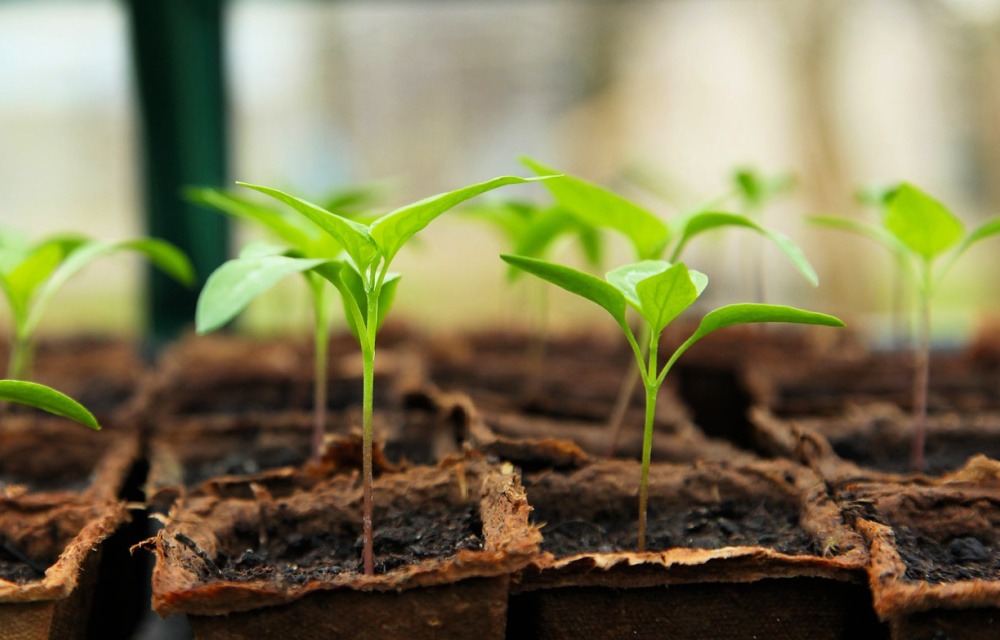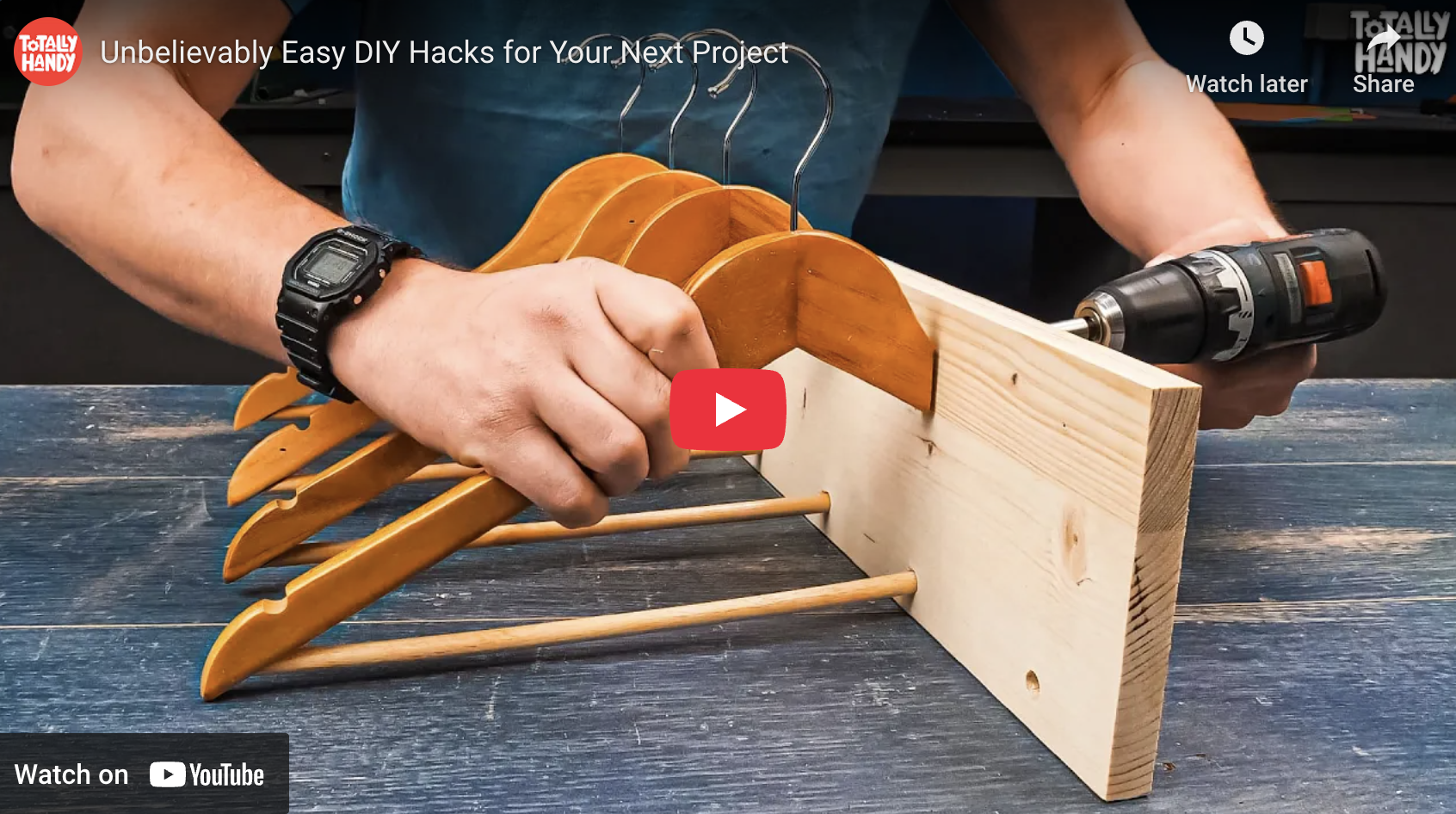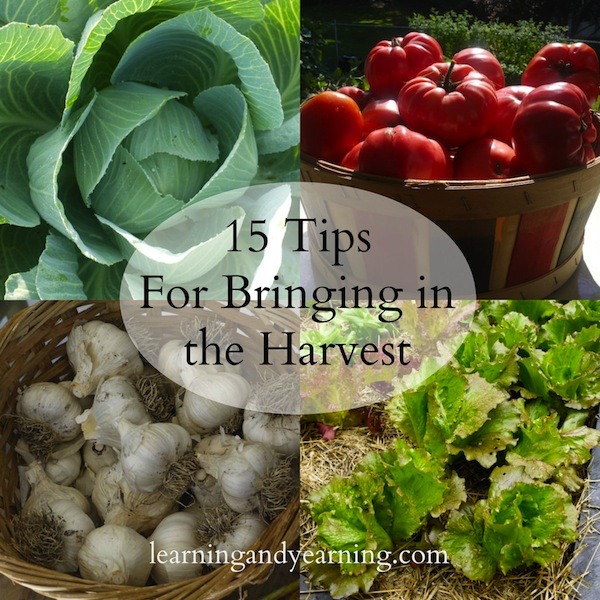
As a gardener, the harvest is the sweet reward of my labor. Night after night we enjoy a meal that includes vegetables that are as fresh as they get, fully ripe, and delicious.
I make harvesting a daily habit. Each morning during harvest season I walk through the garden with a basket, scissors, and a knife. Many vegetables are at their best when still young. Harvesting every day assures that my zucchini and cucumbers don’t get huge and seedy, that my beans are crisp and tender, my broccoli hasn’t begun to flower, and my tomatoes don’t over ripen.
15 tips for getting the most of your garden harvest

1. Harvest in the cool of the day to keep your vegetables fresh. Harvesting in the heat of the afternoon will cause your produce, especially leafy greens, to wilt.

2. Harvest beans while they are young and tender and before the seeds begin to form. They will be most delicious then. Don’t let beans get old on the vine. That’s a signal to your plant to form seed, and it will stop producing new fruit. Of course, at the end of the season, go ahead allow those seeds to form to save for next year.
3. Beets will become woody if allowed to stay in the ground too long. Harvest them when they are under 2″ in diameter.
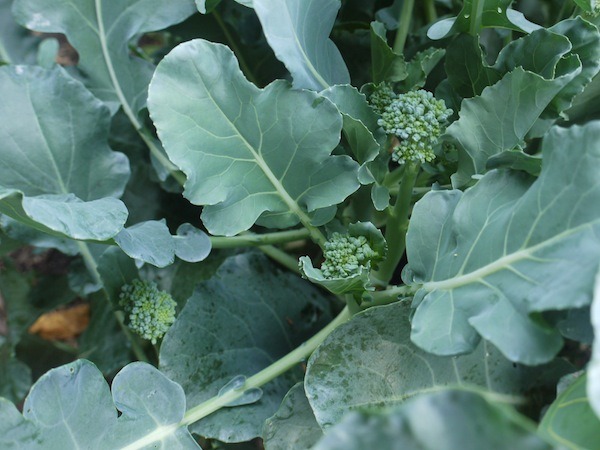
4. Broccoli will produce a main head which should be harvested with a sharp knife before the buds begin to open. The plant will then produce small side shoots all season.
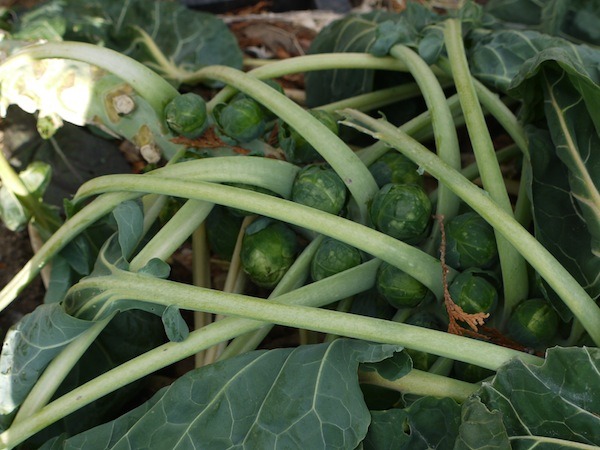
5. Wait until after a frost to harvest Brussels sprouts; they will be much sweeter. Either twist each sprout or use a knife to carefully remove the sprout from the stalk.
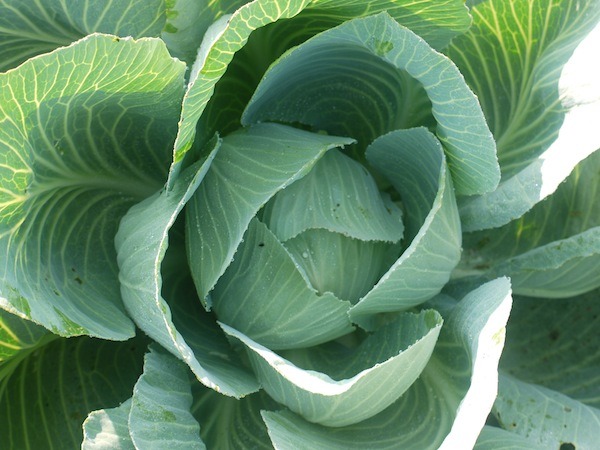
6. With cabbage, size is not what matters. Squeeze the head of cabbage; you’ll know it’s ready to harvest when it is nice and firm. Use a sharp knife to cut the stem below the head of cabbage.
7. Carrots will begin to push their heads above ground when ready to harvest. Simply grab at the base of the stem and pull. I like to store some of my carrots right in the ground for the winter. I simply place a thick layer of hay over the patch of carrots in the late fall and come back to dig them out around February before the soil begins to warm.
8. Cucumber is another vegetable that is best harvested while small and young. The skin will be tender and won’t need to be peeled, and seeds will be small. With cucumber, bigger is not better.
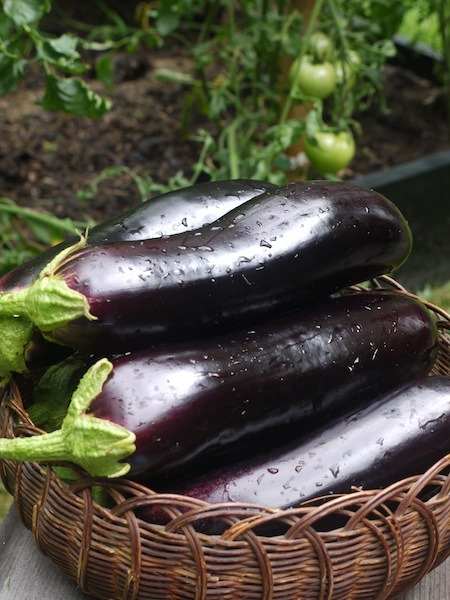
9. Use scissors or pruners to harvest eggplant and okra. Their stems are tough and you’ll rip the plant if you try to twist them off the plant.
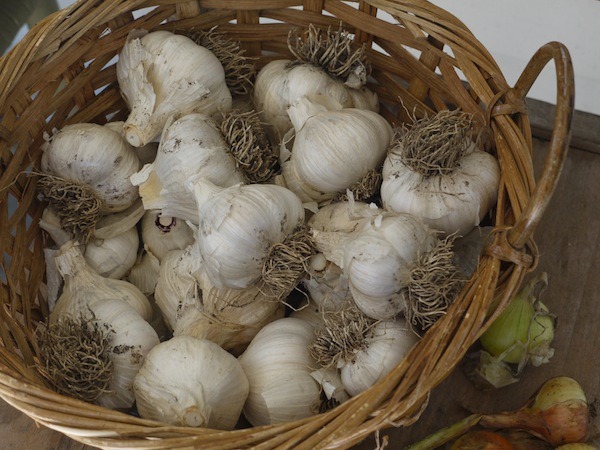
10. Harvest garlic after the tops begin to dry. Notice that each layer of leaf above ground represents a protective layer of paper like skin surrounding the garlic. So wait until about half of the leaves are dry before harvesting. Don’t let the garlic remain longer, though, or they won’t store well. After carefully loosing the soil, pull out each head of garlic. Then be sure to cure to proper storage.
11. Harvest onions when the tops fall over. Pull them out of the soil, and spread them out to dry in a sheltered spot until the tops are completely brown.
12. For best nutrition, and sweetest taste, allow your peppers to ripen on the vine until they are red (or yellow, orange, or brown depending on the variety).
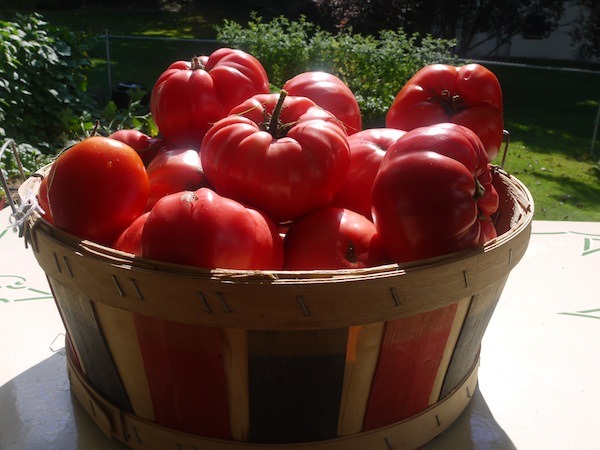
13.There’s nothing like a vine ripened tomato for sweetness, but waiting until they are fully red will probably result in a mushy, overripe tomato. It is best to harvest tomatoes when they are almost ripe (still slightly green) and to allow them to finish ripening indoors, out of direct sunlight. And remember, not all tomatoes turn red, so be sure to know your variety and its ripe color.
14. For winter squash, allow the fruit to mature on the vine. The rind will become hard enough that you won’t be able to make a dent in it with your fingernail and the vines will begin to dry out. For tips on curing and storing, see Winter Squash 101.
15. An easy way to harvest zucchini is to grab the fruit and twist, but this often leaves the stem on the plant, rather than on the fruit. Without the stem, your squash won’t stay fresh as long. I like to grab the stem itself and twist assuring an intact fruit, or use a knife to cut the stem, being sure not to cut into the plant itself. And don’t let your summer squash get big; it is tastiest when it’s young, tender and not seedy.
What tips do you have for gathering in the harvest?
